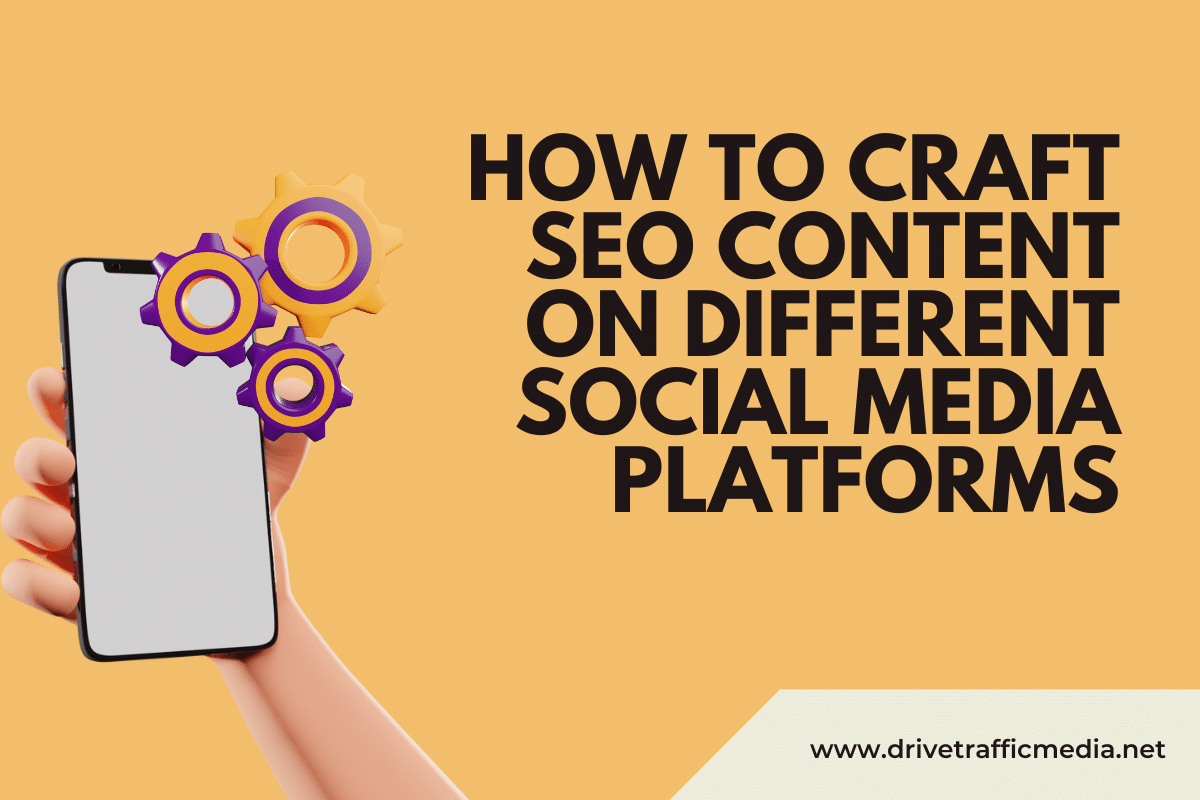When crafting Santa Monica SEO content for social media platforms, it’s essential to tailor your messaging to suit each platform while maintaining your brand’s voice and consistency. Each platform has unique strengths, and optimizing your content for them can improve engagement and visibility.
A friendly, conversational tone works best on Facebook, with medium-length posts ranging from 100 to 250 words. Facebook supports various formats, from text to video, allowing flexibility in your approach. Keywords should be naturally integrated into the content to help it appear in search engine results and Facebook’s search function. Encouraging engagement, such as likes, comments, and shares, is vital, as interactions improve post visibility. Additionally, clear calls to action like “Check out our blog” or “Shop now” guide users to the next step, increasing traffic and conversions. While hashtags can help with discoverability, it’s best to use only one or two relevant ones to avoid clutter.
Instagram is a visually focused platform, so your images and videos should take center stage. However, the captions are essential for SEO as well. Keep the tone light, inspirational, and concise with short captions incorporating primary keywords. Hashtags are highly effective here; using up to 30 relevant hashtags can significantly increase the reach of your content. A mix of popular and niche-specific hashtags will help target a broader audience while still catering to your niche. Engaging visuals paired with strong keywords in the caption can attract users, while interaction through comments and likes improves post performance. Instagram thrives on community, so inviting users to comment or share their thoughts can boost engagement.
On Twitter, brevity is critical. With a character limit of 280, your content must be concise and impactful. Include your primary keywords early in the tweet to make the most of the limited space, and use relevant trending hashtags to increase visibility. Twitter moves quickly, so frequent posting is essential to remain relevant. Real-time updates and engaging with followers via replies or retweets help boost the reach of your posts. Including a link to your content, such as a blog post or product page, can drive traffic while encouraging users to interact.
LinkedIn is a professional platform whose tone should be informative and authoritative. Content here focuses on thought leadership, industry news, and professional insights, so using language that reflects expertise is essential. Posts on LinkedIn should offer value through insights, tips, or relevant data. Incorporating industry-specific keywords into your content can boost SEO on LinkedIn and in Google search results. Encouraging engagement by asking for opinions or starting discussions around industry trends will help drive interaction, further boosting post visibility.
On Pinterest, visuals are paramount, but keywords remain essential in optimizing your pins. Pin descriptions should be short but include relevant keywords to enhance discoverability. Pinterest also allows for a couple of hashtags to help categorize content. The platform’s users often seek inspiration, so ensure your images are high-quality and connected to valuable content on your website.
Conclusion
In conclusion, SEO content for social media platforms must be carefully crafted to align with each platform’s strengths. By integrating keywords, using hashtags appropriately, and encouraging engagement, you can maximize your visibility and effectiveness across various social channels.




